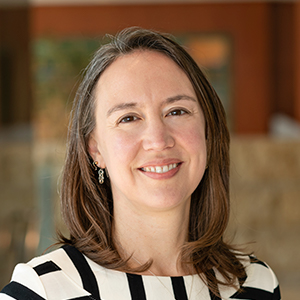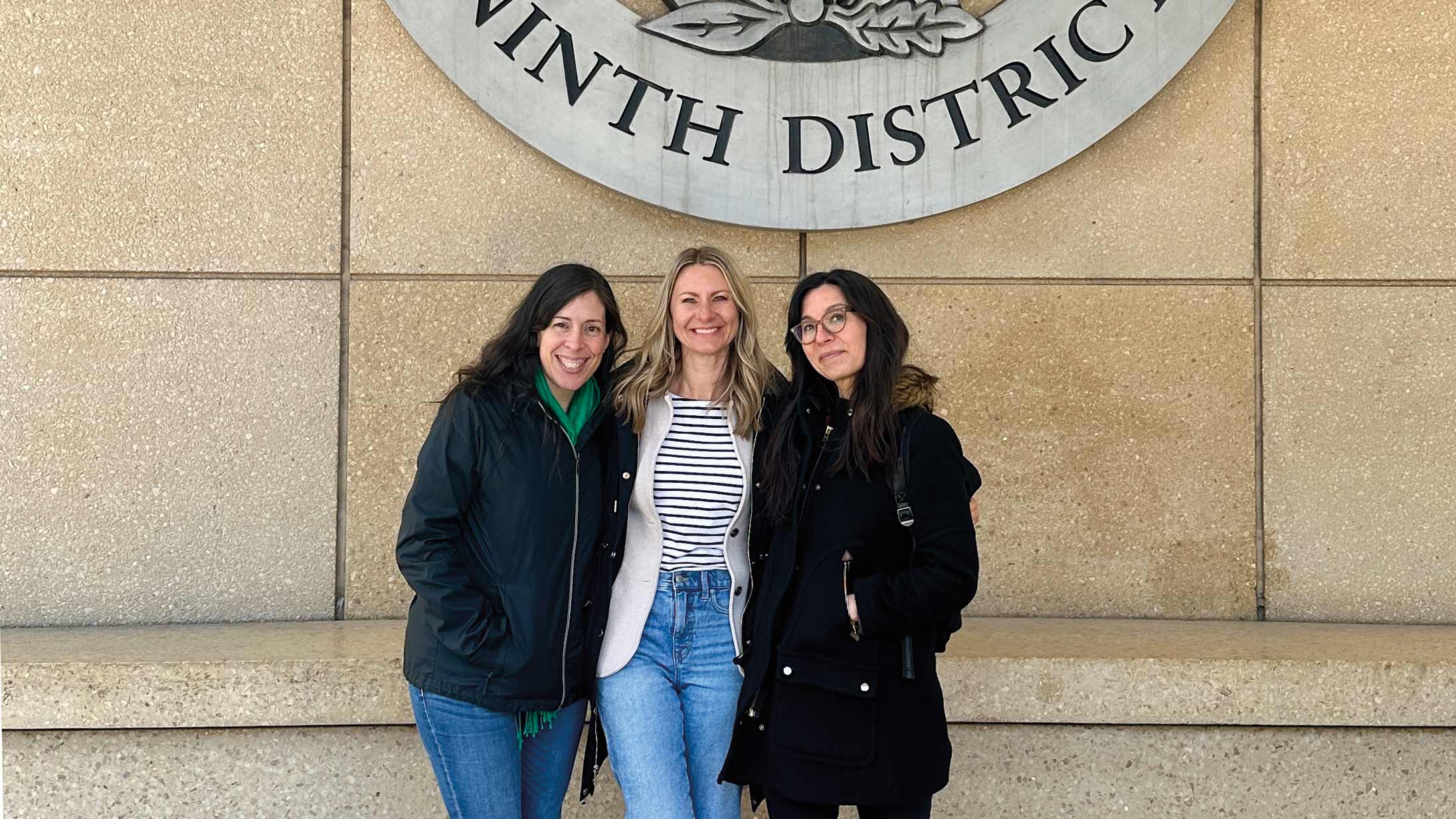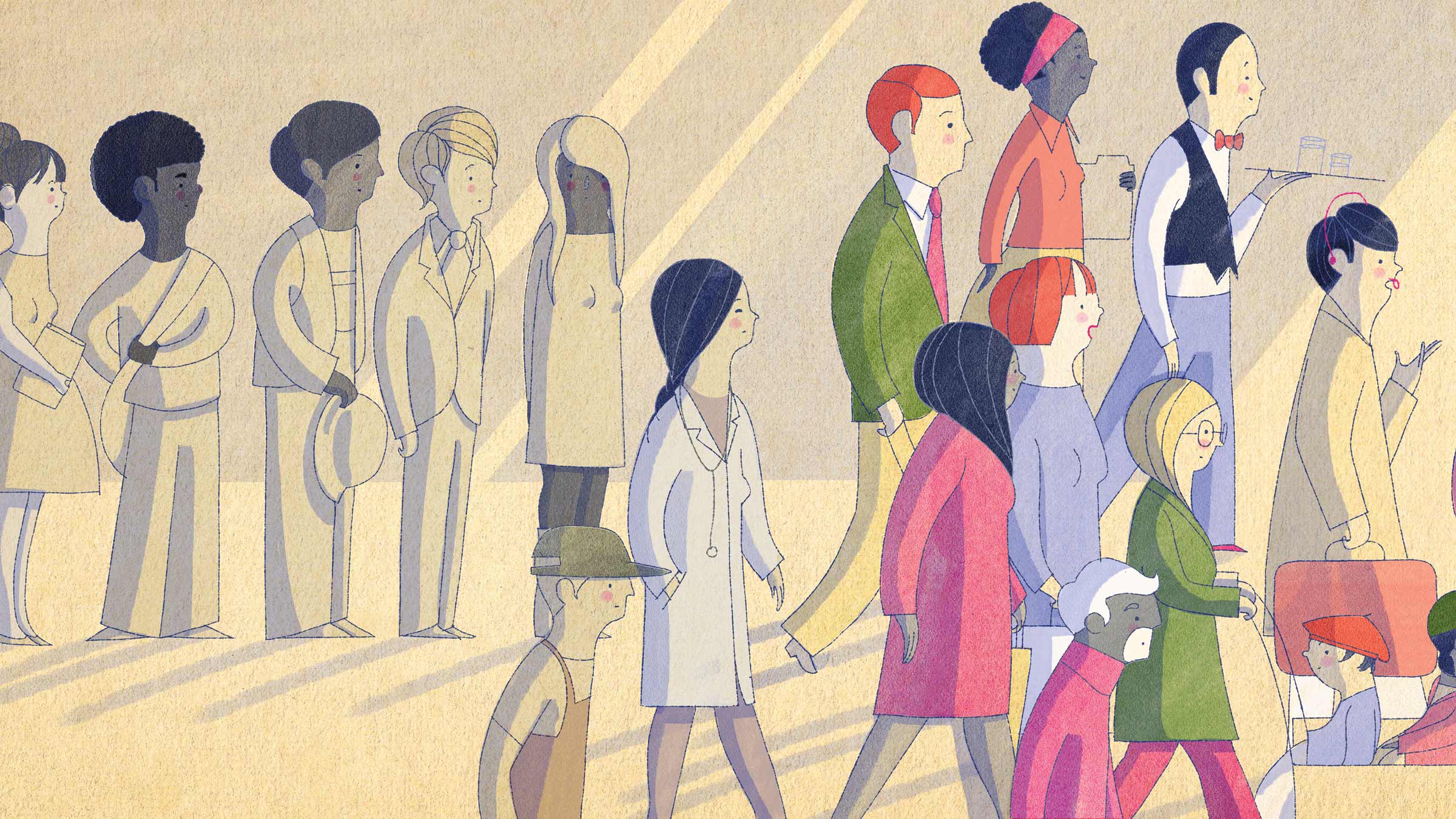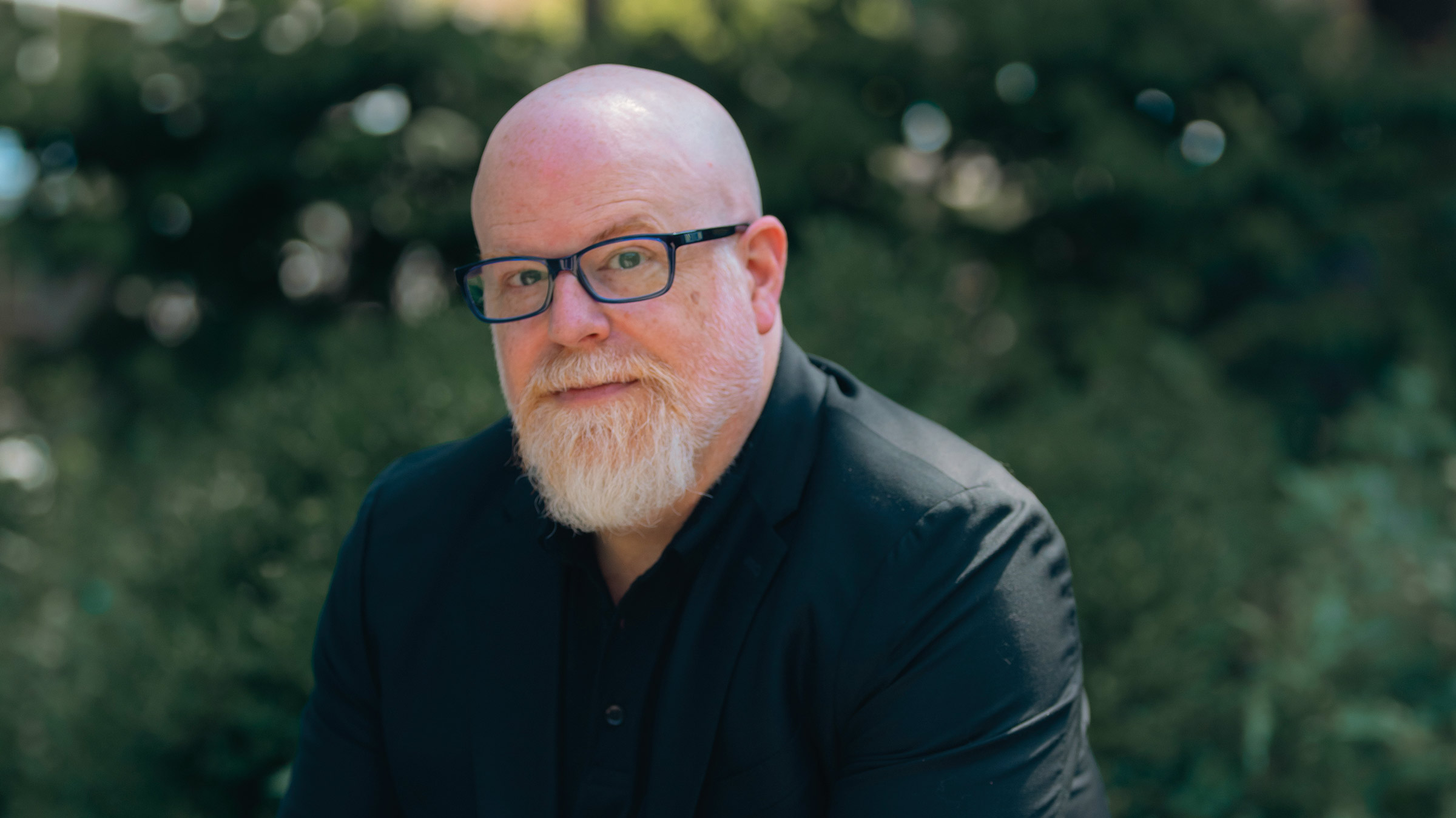Economic research is often a slow, drawn-out process. It might take months, even years, from an idea’s inception to the time a working paper is ready to share.
So anything that moves the needle on that timeline is valuable. One simple hack: in-person work sessions with co-authors. The lion’s share of economic papers these days are co-authored. Indeed, 91 percent of the 620 working papers posted to the National Bureau of Economic Research website in the first six months of 2025 had two or more authors.
“It feels like you get months’ worth of things done in days because you’re in the headspace, you’re right there with each other,” said Brigham Young University professor Emily Leslie. Leslie and her co-author Brittany Street, a professor at the University of Missouri, spent two weeks together in residence at the Minneapolis Fed in the spring of 2024 to analyze the effect of subsidized housing on formerly incarcerated individuals and their households. Coordinating co-author visits is one way in which the Institute’s Visiting Scholar program facilitates research progress.
“It was a very opportune time for us because we had the first presentation coming up for the project we were working on together,” Street said. “We finished what we needed to do to submit it to the conference.”
This spring, another co-author group made a coordinated visit to the Institute. Kristy Buzard, Laura Gee, and Olga Stoddard had been researching together for years but had rarely met in person. They had a nearly complete project studying how often mothers versus fathers are called by school administrators, and that project had spawned more ideas related to the gender gap in the “invisible mental load” of managing a household and child care that they wanted to pursue.
“Because this was such a great opportunity to get feedback and work together, it gave us a commitment device to get the preliminary data together,” Buzard said. Buzard then presented this early-stage work at a seminar at the Minneapolis Fed, with Stoddard and Gee in the audience to capture comments and suggestions. “Then we just huddled up in one of the offices and cleared off the whiteboard and we mapped out the whole project,” Buzard said. “We planned the whole thing out in less than three hours. It was amazing.”
Zoom has its advantages, of course, enhancing many long-distance research partnerships. And yet, “it’s really hard to overstate the benefit of being together in the same room, the synergy that is created by discussing ideas, by not being interrupted or distracted by other things,” Stoddard said.
“I’m a huge evangelist about working in person with your co-author team when you can,” Leslie said. “Everyone that I know who hasn’t done it, I tell them, you should apply to [the Institute] with your co-authors and work on a project.”
This article is featured in the Fall 2025 issue of For All, the magazine of the Opportunity & Inclusive Growth Institute
Lisa Camner McKay is a senior writer with the Opportunity & Inclusive Growth Institute at the Minneapolis Fed. In this role, she creates content for diverse audiences in support of the Institute’s policy and research work.







